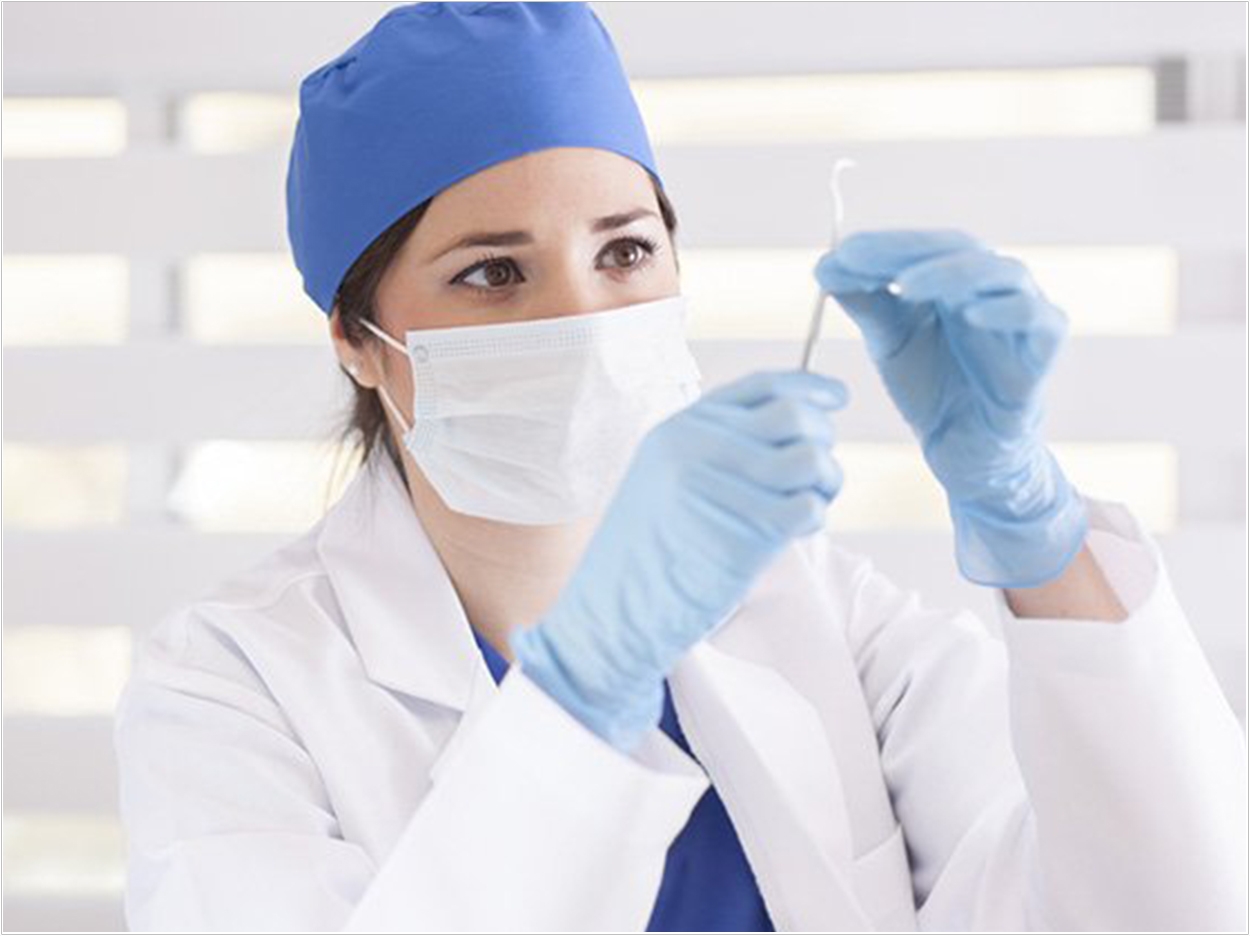
The Centers for Disease Control and Prevention (CDC) have updated their Interim Infection Prevention and Control Recommendations for patients with COVID-19 with dental-specific recommendations. This information supplements but does not replace the general infection prevention and control (IPC) recommendations for COVID-19, the CDC says.
The CDC notes that dentistry involves rotary dental and surgical instruments as well as air-water syringes that create a visible spray including large particle droplets of water, saliva, blood, microorganisms, and other debris. This spatter travels a short distance and settles out quickly, landing on the floor, nearby operatory surfaces, dental healthcare personnel, and the patient. The spray also might include aerosols.
Caring for patients requiring Transmission-Based Precautions isn’t possible in most dental settings since they aren’t designed for or equipped to provide this standard of care, the CDC says. For example, most dental settings don’t have airborne infection isolation rooms or single-patient rooms, nor do they have respiratory protection programs or routinely stock N95 respirators.
Services should be limited to urgent and emergency visits only, which will protect both patients and staff, preserve personal protective equipment and patient care supplies, and expand available health system capacity, the CDC says. This recommendation aligns with the Centers for Medicare & Medicaid Adult Elective Surgery and Procedures Recommendations limiting all non-essential planned surgeries and procedures until further notice.
The CDC also says dental practices should implement sick leave policies for personnel that are flexible, non-punitive, and consistent with public health guidance, such as allowing employees to stay home if they have symptoms of respiratory infection. Also, dental practices should ask staff to stay home if they are sick and send staff home if they develop symptoms while at work.
Further, the CDC says, practices should call all patients before their scheduled appointments and screen for symptoms of respiratory illness over the phone, such as fever, cough, and shortness of breath. If the patient reports signs or symptoms of fever or respiratory illness, dental healthcare personnel and medical providers should work together to determine the appropriate facility for emergency treatment.
People with COVID-19 who have completed home isolation clearance can receive emergency dental care, the CDC says, which is defined as:
- At least three days (72 hours) have passed since recovery (resolution of fever without the use of fever-reducing medications and improvement in respiratory symptoms such as cough and shortness of breath) and at least seven days have passed since symptoms first occurred
Or:
- For individuals with laboratory-confirmed COVID-19 who have not had any symptoms, at least seven days have passed since the date of the first positive COVID-19 diagnostic test and have had no subsequent illness
Dentists who have patients who are suspected or confirmed to have COVID-19 should defer non-urgent procedures and:
- Give the patient a mask to cover his or her mouth
- Send the patient home if the patient is not acutely sick
- Refer the patient to a medical facility if the patient is acutely sick, such as having trouble breathing
- Refer the patient to an appropriate facility if treatment is urgently needed
Next, dental practices with these patients should clean and disinfect the room and equipment according to the Guidelines for Infection Control in Dental Health-Care Settings—2003, including:
- Clean, disinfect, or discard the surface, supplies, or equipment located within 6 feet of symptomatic patients
- Use products with EPA-approved emerging viral pathogens claims, as listed on the EPA website for registered disinfectants that have qualified under its emerging viral pathogens program for use against SARS-CoV-2
The CDC offers additional resources, including:
- Infection Prevention and Control Recommendations
- Public Health Personnel Evaluating at Home or Non-Home Residential Settings
- Risk Assessment and Public Health Management of Healthcare Personnel with Potential Exposure
- American Dental Association: What Constitutes a Dental Emergency
Related Articles
AAO Offers Guidance for Orthodontic Care During the COVID-19 Outbreak
AAE Guidelines Separate Emergency and Non-Emergency Treatment
ADA Provides COVID-19 Emergency Care Guidance and Webinar












